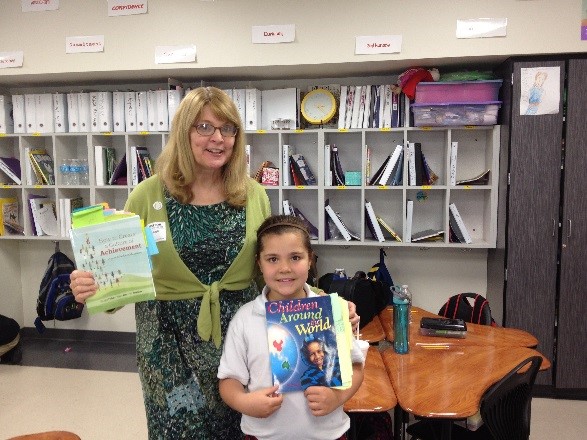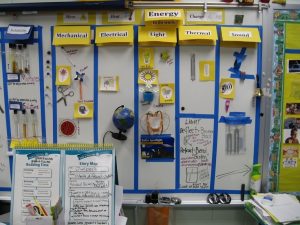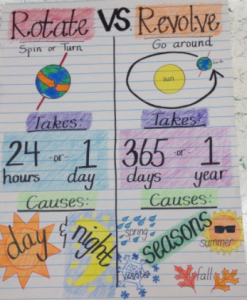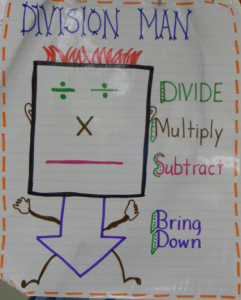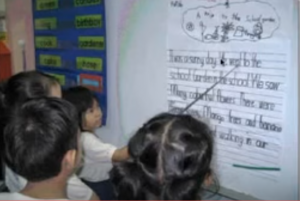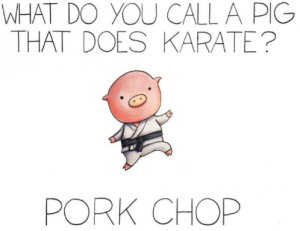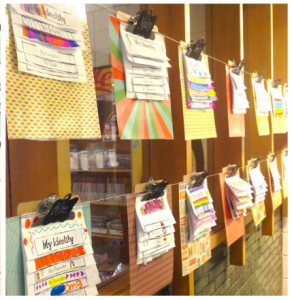Let me tell you a true story. In my second year of teaching in rural Virginia, I watched excitedly as my third grade students entered my classroom. We were about to start our unit on habitats around the world. I had turned each corner of my typical classroom into the jungles of Africa, the deserts of Asia and the rain forests of South America. Posters, maps, word walls, trees made out of carpet dowels, life size stuffed animals, and a sand pit filled the room. Books and artifacts covered tables, shelves and window sills.
I thought my students would be excited, eager to jump into this new unit, but they were overwhelmed. They didn’t know where to look, what to think, or how to process it all. It was just too much and instead of producing motivation, it brought feelings of confusion and chaos. I learned a valuable lesson, it isn’t about how decorated your room is or beautiful to visitors, it is how functional and effective it is for your students. Be organized, focused and purposeful with your displays and materials. Follow these tips for making a literacy rich environment without clutter on walls, shelves and window sills.
Word Walls
Students learn words better when they are connected to them through examples of appropriate use, and pictures of what the words represent. Studies indicate that active processing of words and manipulation of them in a variety of sensory formats is far superior to the traditional write-the-definition approach to new-word acquisition (Blachowicz & Fisher, 2000). Teachers should make intentional choices when creating a word wall based on professional judgment, current words for the unit of study, the needs of students, and the guidance provided below.
- Interactive Word Wall: Goals and guidelines.
- Higher Order Thinking Skills with the Word Wall: Graphic organizer included.
- Teacher’s Corner Lesson Plan: A fun word wall treatment for grades 4-up.
- Word Wall Creator
- Vocabulary Tree – Root words
- Secondary Word Walls
Anchor charts make thinking visible by recording content, strategies, processes, cues, and guidelines during the learning process. Anchor charts should contain only the most relevant or important information so as not to confuse students. Use non-linguistic representations in dark earth tones for ease in triggering concepts, too many words defeat the purpose of the chart. Only post those charts that reflect current learning to avoid distracting clutter. Display anchor charts in their subject’s area of the room i.e. math anchor chart by the math center, science anchor chart in the science corner.
Language Experience Approach
“What I can think about, I can talk about.”
“What I can say, I can write.”
“What I can write, I can read.”
“I can read what I can write and what other people can write for me to read.”
The Language Experience Approach (LEA) is a literacy development technique perfect for diverse classrooms. It combines all four language skills: listening, speaking, reading, and writing. Working on the four language skills side by side aids fluency. The LEA lesson is centered on a learner-generated text. The rationale behind LEA is that materials with familiar vocabulary and culturally relevant content are more meaningful and accessible to students than texts found in prepared books. First, students dictate a story in their own words. The teacher scribes what is said verbatim (without correcting) on a chart (for future rereading). Once the story is complete, it is read with the class. At this time corrections are elicited. This story can now be reused in future lessons as a reading/writing/grammar activity i.e. sentences could be reordered and/or different vocabulary words could be substituted. Motivation is high, since students are reading their own words. Students can write the story in their journals for future rereading, charts can be put in the reading corner for addition fluency practice for the duration of the unit.
Literature Access
What better way to get students to love words than with poems, puns and riddles. Make students eager to see what “phunny” display of words might greet them each day in that special spot in the room.
Poetry can be a method for deepening comprehension in all content and character areas by developing a level of knowledge and empathy that can be applied to real-world situations.
Using Riddles and Puns is a clever way to hook students on loving words and language because students are familiar with them and are motivated to read them. Posting jokes and riddles around the room will contribute to students’ developing understanding of how language works which benefits their reading comprehension.
- What do you call an alligator in a vest? An investigator!
- Why are teddy bears never hungry? They are always stuffed!
- Why did the spider go to the computer? To check his web site.
- Where do polar bears vote? The North Poll.
Students gain a great deal of ownership from seeing their work displayed prominently in their classroom. Find effective and efficient ways to showcase current student work to provide recognition and reinforcing effort.
Displaying student work sends several important messages: As teachers, we value what students do. This is their classroom as much as ours. And in this classroom, students share their work, learning from each other. Furthermore, consider this simple fact: Students will look at their own work more frequently than they will look at commercial materials.
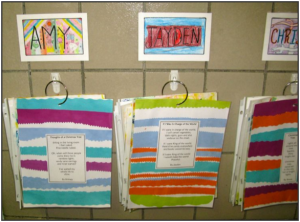
Displays that celebrate students’ efforts and connect to the daily life of the classroom are one of the most powerful—and overlooked—tools for teaching.

